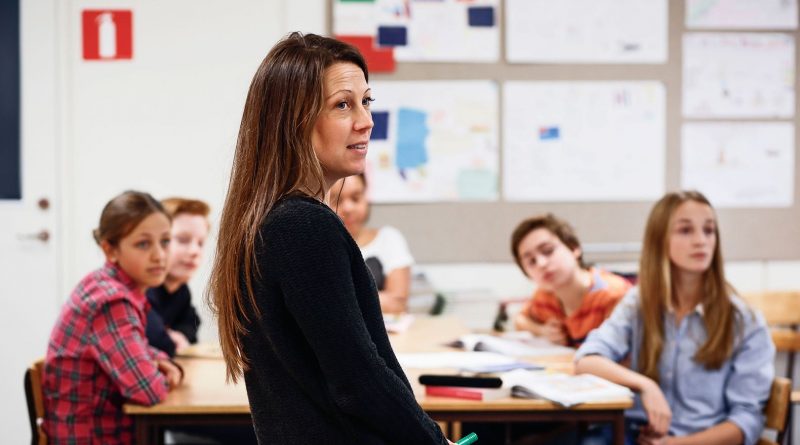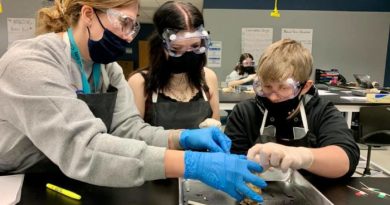5 Tips for Becoming an Apolitical Teacher
Remaining politically neutral in the classroom opens up space for students to debate and discover their own beliefs.
Eons ago, when I was studying to become a history, civics, and English teacher, the professors were quite adamant that as educators it was our responsibility to remain neutral—apolitical—when teaching or discussing politically charged topics in the classroom.
The reasoning for this was twofold: to avoid influencing the minds of our students, and to provide an environment for objective discussion and debate. We were told to never—yes, never—share personal and/or political opinions. Over the years, I know I’ve broken the “no opinions” rule on a number of occasions, but I’m deeply conscious of doing my best to play the role of the apolitical teacher.
In our current climate of political polarization in North America—I’m in Canada—I think it’s essential that as educators we be apolitical—to create safe environments for student learning and to provide a space for students to share and discuss facts, foremost, rather than opinions.
Being Apolitical in the Classroom
1. Communicate your intentions to parents and administrators: Communicate with parents and administrators about any teaching you may be doing on the topic of a political event or topic. If necessary, write a letter home regarding the specifics of this intent, emphasizing your desire to exist as an apolitical facilitator in the classroom.
It’s no secret that educators at both ends of the political spectrum have gotten themselves in hot water by assuming their political lessons and/or resources were appropriate, until others voiced contrary opinions. Teaching about politics and/or politicized topics requires excellent communication and transparency to ensure success (and possibly, continued employment).
2. Avoid sending political messages: Depoliticize any social media accounts you may have, and keep all your social media accounts private. Leave all political or politicized messages at home—don’t wear clothing representative of a political group or message, and remove any media messages associated with political parties or topics from your classroom or vehicle. Essentially, strive to avoid blatant messages that could create political conflict at work or in the classroom.
3. Swap opinions for facts: Never share your own personal political opinions with students or staff regarding controversial political topics. Instead, share information and facts from a range of reputable sources regarding political events or topics. This sharing could take the form of news articles, websites, videos, or social media posts. The key is to share a range of facts from reputable sources, and to allow students to form their own thoughts regarding the topic, free of influential opinions.
4. Talk it out: Allow opportunities for questions about political topics or events in class, either by students anonymously writing a question or sharing one verbally. Then break students into groups to research possible responses, providing support by directing them to appropriate sources.
Students want to talk about politics and political events, and those are incredibly engaging, albeit dangerous, topics to delve into at times. Have students use their questions to create a group research activity, and empower students to search out reputable sources to find their own answers.
For example, if there is an upcoming election, have students write out their questions about the candidates, parties, and/or key issues, and then guide them toward appropriate resources to find responses to their questions. Once the research is complete, the students can share their questions and findings in a mini-presentation or via a technology application such as Flipgrid.
5. Highlight the personal side of politics: Invite speakers into the classroom who may be part of a political event or topic from both sides of an issue, and allow them to speak to students, as well as each other, in a debate type of setting, to demonstrate that political facts and opinions can be voiced and shared in a respectful manner. If this isn’t possible due to Covid restrictions or because there are no speakers available locally, open a Google Meet for all speakers to be able to communicate with each other as well as your students in the classroom.
The goal of this activity should be to humanize those in politics as well as those involved in political events and decisions. We’re all people, regardless of our political leanings, and it’s important for students to see, hear, and talk to a range of adults with a variety of political beliefs.
Although becoming an apolitical teacher requires constant checks and occasional missteps, I think you’ll find that the result is a classroom that is safe for students of all backgrounds and beliefs, where facts and humanity are valued above opinion and polarization.
Source: https://www.edutopia.org/article/5-tips-becoming-apolitical-teacher




